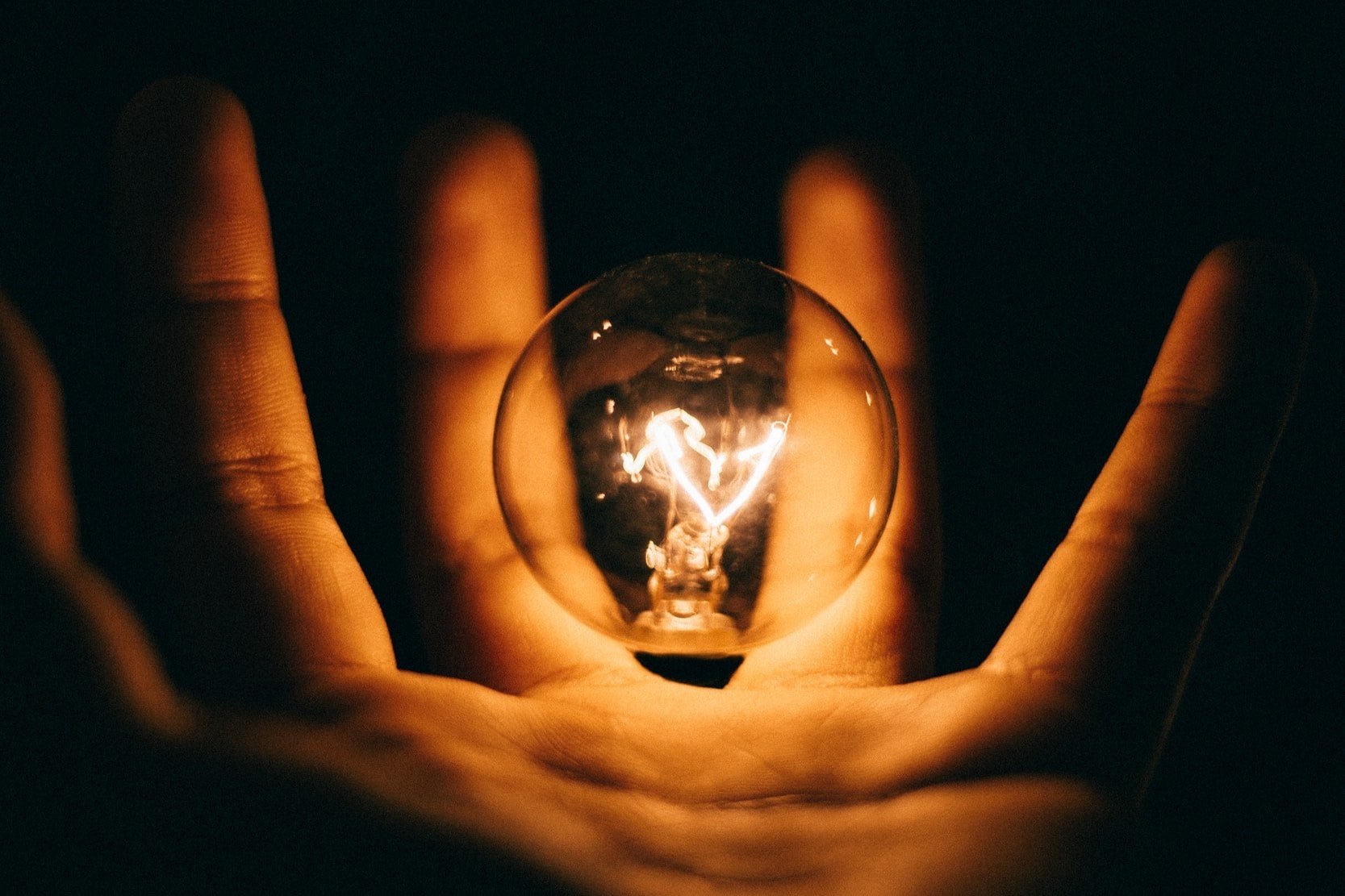It’s Time to Create, Pt. 1
Your creative process may look different then mine or you may even be in a place where you’re still looking to solidify your creative process, but I’ve always found it helpful to explore the process of other creators to get tips and ideas on how to best use my time to create. With that in mind, I thought it best to relate to you my creative process of a film from concept to reality to give you an idea not only how I work, but perhaps give you applicable insight to your process. How does it all begin? It’s simple: with a single idea.
The Idea
A film is - or should be - more like music than like fiction. It should be a progression of moods and feelings. The theme, what's behind the emotion, the meaning, all that comes later?
- Stanley Kubrick
For me, every film starts with an image, one single frame of film in my head. Sometimes it has subtle motion, other times it's a still image that I imagine, but it is always a single image that captures my attention, forces me to ask questions, and gets me to write about that image. What is happening in the image? Who are the characters? What are they like? What events lead to this moment? What events will follow?
Going through my list of films to date, in Killer's Revenge, it was the two law officers facing off, guns trained on each other. In The Farewell, it was a man trashing his place in silence overlayed with soft, melodic music. Better was a man falling on his face (eventually changed to getting his coffee bumped out of his hand), brought down by the world. Adriftwas the main character waking up silhouetted by a hatch window leading to space. Role Model was two men sitting at a table, a bright wide window behind them. The Road Home was the main characters driving down the road to their destination. Finally, Down was the man sitting slumped in a chair staring at a TV projecting only static. Each of these images led me to ask a series of questions that I could answer by writing. The more I pressed into these questions, the more I was able to discover and write.
The Writing
The first draft is just you telling yourself the story.
- Terry Pratchett
After the idea has formed and I begin to answer questions or am at least excited to try to answer them, I'll sit down and begin writing. I know a lot of people who will plot out the story with bullet points/outlines, sticky notes, or brief scenes, but that just isn't how I'm able to operate. I've tried all of these, and I just find the whole process to be too restricting for me and my characters. What I find works for me (that I know won't work for everyone) is to write whatever comes out. My first draft is always crap but is always saved for me throwing chaos and happenstances at my characters to see how they will react. I like to push them into corners to discover their reactions and thus create in-depth characters, and I don't stop until a conclusion is reached, even if it's an awful conclusion. The whole point is to get the story out of my head and onto the page. As tempting as it is, I don't go back and rewrite sections or scenes of the script until it's done, with the exception of fixing giant, gaping, detrimental plot holes or altering one thing to change the course of where I am currently in the script, but all changes during the first draft are for the sole purpose of finishing the first draft somewhat coherently.
Once the draft is finished, I save what scenes or beats are salvageable and do a complete rewrite for the second draft, only referencing the original draft but writing on a clean, new document. I find that with the characters fleshed out, I'm able to focus more on the plot and the motion of the characters I now know very well, and the story comes into focus much better.
When I have a draft I'm proud of, I'll send it to impartial third parties whom I trust will give me honest opinions, critiques, and fixes to help better the story and characters. Then it's back to the drawing board to fix the mistakes made in the script and bring it in line to make it the best it can be. Sometimes, I'll grab actors to sit down and do a table read so I can hear out loud what it would sound and feel like. This always brings small errors to light and gives me a clear idea of what needs to be fixed.
I do this whole process on repeat as many times as is necessary until a cohesive story is present, one that I'm excited to bring to reality.
The preparation
The only safe thing is to take a chance.
- Mike Nichols
You cannot over-prepare, and I cannot stress that enough. Every film I've done, no matter how prepared I've been, I always find there is at least one area where I could have prepared more. Once I have a script, I'll begin to break it down, usually starting with sketching out a simple storyboard and then moving on into the gritty details. My storyboards are for sure nothing artistic, mainly consisting of stick figures, but they get the idea of the shot across to my Director of Photography, camera operators, and even myself when I forget what I was envisioning for a specific scene. It seems silly to forget those visions, but come shoot day, when we're in the midst of a scene, it's easy to forget your place and get lost in the moment. Having a reminder of the big picture has always helped me to see where I need to be to stay on track with my original vision.
After storyboarding and breaking the script down into what's needed (talent, props, lighting, etc.), I begin to contact my collaborators who haven't been working with me so far on the script, storyboard, etc. to see who is interested and what their schedules look like. From there, we start scheduling the film dates and delegating tasks as to who needs to bring what, if anything, and what they need to study before arriving on set, even if it's just a few pages of the script we're shooting. They should always know what to expect the moment they arrive.
After the crew is assembled, I'll begin searching for cast members, if I haven't already. Casting is such an important part of the film, one that will always make or break the film. You can have a fantastic actor in the wrong role, and the whole film will suffer because of it. I take casting very seriously, though I usually tend to write roles with specific actors in mind, making the decision decidedly easier.
As the film dates grow nearer, I will keep breaking things down, making lists, and preparing what needs to be prepared so that I can show up on set ready to film and lead the cast and crew with decisiveness. I try to make our sets as relaxed and fun as possible and making sure I come to set prepared always helps to keep it that way. Obstacles will come up, but if the homework is done, they are usually fairly easy to navigate.
Closing remarks
Eighty percent of success is turning up.
- Woody Allen
I hope this gives you some applicable insight to not only my creative process but also affirming your own or encouraging different avenues of thought. In a later post, I will go through the creative process of filming and post-production, but it was simply too long for one post. What is your personal creative process? Are there steps that are different for you and work better for your personality? Let us know in the comments!
And remember, whatever you do, don't quit.




